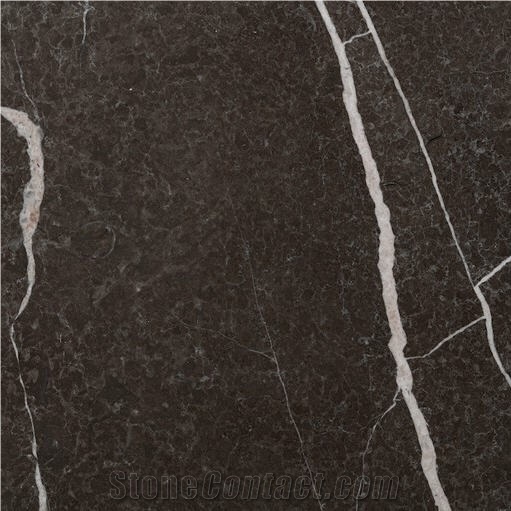Anglesey Vein Marble
 United Kingdom
(Isle of Anglesey (Ynys Môn), north west coast of Wales)
United Kingdom
(Isle of Anglesey (Ynys Môn), north west coast of Wales)
Anglesey Vein Marble is strictly in limited supply. Careful cutting and polishing of this rare material produces a dark grey marbled stone with fine calcite veins that can be ‘bookmatched’ to create visually stunning panel patterns. This stone is truly unique and rare.
Finishes available: Honed, Aged, Polished, Sawn Cut, Sanded, Rockfaced, Sandblasted, Bushhammered, Tumbled, Weatheredge
Anglesey Vein Marble can be commonly used; Exterior - Interior wall and floor application, countertops, mosaic, fountains, pool and wall capping, stairs, window sills, etc

Can United Kingdom's Anglesey Vein Marble be used in wall coverings?

How thick is United Kingdom's Anglesey Vein Marble slabs?

Can United Kingdom's Anglesey Vein Marble be used in a kitchen?

What is the coefficient of friction of Leathered United Kingdom's Anglesey Vein Marble tiles?

Are there color variations of United Kingdom's Anglesey Vein Marble?

What grade is United Kingdom's Anglesey Vein Marble?

Is United Kingdom's Anglesey Vein Marble an expensive stone?

Can United Kingdom's Anglesey Vein Marble be used outdoors?

Can United Kingdom's Anglesey Vein Marble be used exterior applications in very humid climates?
The request includes: 1. surface finished, size 2. quantity required







